There are so many fruits that start with C, who would have thought? From the more common ones like cherries and cucumbers to more exotic ones like cherimoya and camu camu, it turns out the letter C has given us a pretty delicious lineup of fruity goodness.

So let's dive into the full list first, and then we'll take a closer look at each one. You might even find a new favorite!
List of Fruits Starting with C
Here is the full list of all the fruits that begin with the letter C, ordered from then most common ones to the least known ones.
- Cherry
- Cucumber
- Coconut
- Cantaloupe
- Clementine
- Cranberry
- Cherry tomato
- Cocoa (Cacao)
- Cavendish banana
- Cara cara orange
- Calamansi
- Carambola (Star fruit)
- Custard apple
- Cherimoya
- Cashew apple
- Citron
- Cloudberry
- Cactus pear
- Chayote
- Cupuacu
- Carob
- Cherry plum
- Ceylon gooseberry
- Chinese lantern (Physalis)
- Cape gooseberry
- Chokeberry
- Capulin cherry
- Chico fruit
- Chinese quince
- Crowberry
- Carissa
- Canary melon
- Cattley guava
- Camu camu
- Coco plum
- Coco de mer
- Chupa chupa
- Chinese date (Jujube)
- Coffee cherry
- Canistel
- Caimito
- Cempedak
- Common apple berry
- Colonnade maypole apple
- Cortland apple
- Crab apple
- Cornelian cherry
- Conkerberry
- Cedar bay cherry
- Ceylon olive
- Cluster fig
- Cocky apple
- Cananga fruit
- Changunga
Now let's see each one in a bit more detail!
1. Cherry
Cherries are the fruit of various species within the Prunus genus, notably Prunus avium (sweet cherry) and Prunus cerasus (sour cherry). Originating from Europe and western Asia, they have been cultivated since ancient times. While sweet cherries are juicy with a rich, sugary flavor, sour cherries are tart and commonly used in cooking and baking.
2. Cucumber
The cucumber (Cucumis sativus) is a widely cultivated plant in the gourd family, Cucurbitaceae. Believed to have originated in South Asia, it has been grown for over 3,000 years.
3. Coconut
The coconut is the fruit of the coconut palm (Cocos nucifera), native to tropical regions. It has a hard, fibrous husk enclosing a shell, which contains coconut water and white edible flesh.
4. Cantaloupe
Cantaloupe refers to two varieties of muskmelon: the European cantaloupe (Cucumis melo var. cantalupensis) and the North American cantaloupe (Cucumis melo var. reticulatus). Originating from regions in Africa and Asia, cantaloupes have a sweet, aromatic orange flesh and a netted rind.
5. Clementine
A clementine (Citrus × clementina) is a hybrid between a willowleaf mandarin orange and a sweet orange. Discovered in Algeria in the early 20th century, clementines are small, seedless, and have a glossy, deep orange skin. They are known for their sweet, juicy flavor and easy-to-peel nature.
6. Cranberry
Cranberries are small, red berries from the genus Vaccinium, native to North America. They grow on low-lying vines in bogs and marshes. Cranberries have a tart, acidic taste and are commonly used in juices, sauces, and baked goods.
7. Cherry Tomato
Cherry tomatoes are small, round tomatoes believed to be a hybrid between wild currant-type tomatoes and domesticated garden tomatoes. They range in size from a thumbtip to a golf ball and come in various colors, including red, yellow, and orange.
8. Cocoa (Cacao)
Cocoa beans are the seeds of the cacao tree (Theobroma cacao), native to the tropical regions of Central and South America. The tree produces pods containing seeds surrounded by a sweet, mucilaginous pulp. The beans are fermented, dried, and roasted to produce cocoa, the primary ingredient in chocolate.
9. Cavendish Banana
The Cavendish banana is the most widely cultivated banana variety globally. Originating from Southeast Asia, it became the dominant export banana in the mid-20th century. Cavendish bananas have a creamy texture and sweet flavor when ripe.
10. Cara Cara Orange
Cara Cara oranges are a type of navel orange discovered in Venezuela in the 1970s. They have a bright orange skin and distinctive pinkish-red flesh. Cara Cara oranges are known for their sweet, tangy flavor with hints of cherry and cranberry.
11. Calamansi
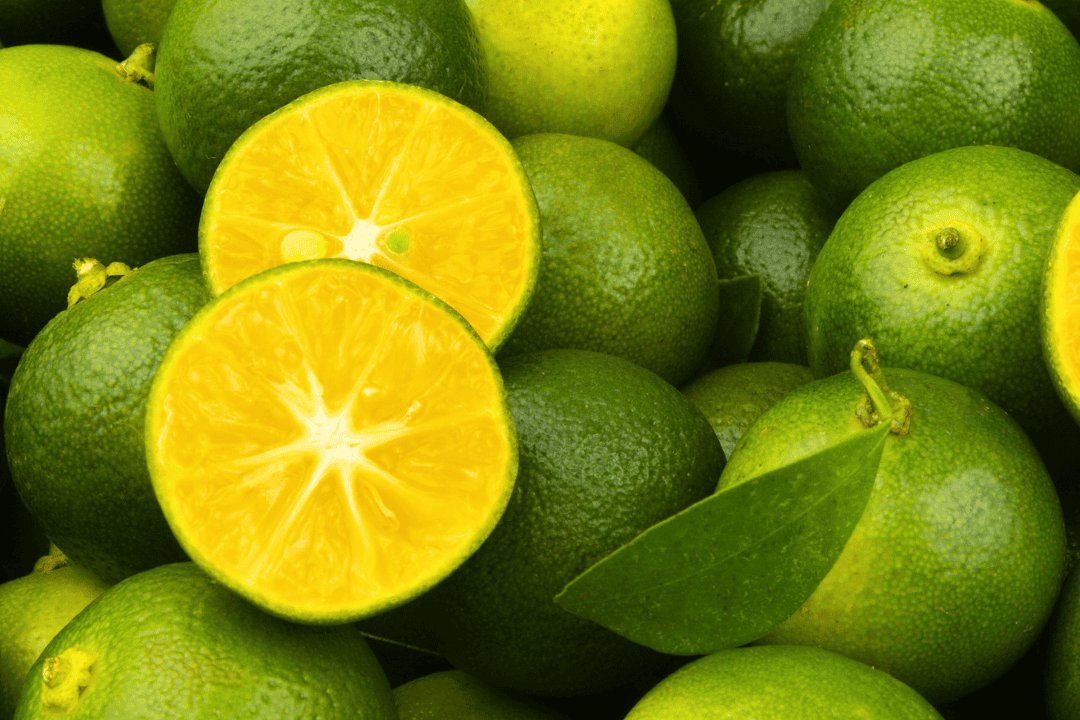
Calamansi (Citrus × microcarpa), also known as calamondin, is a small citrus fruit native to the Philippines. It is a hybrid between kumquat and another citrus species. Calamansi has a thin, green to orange skin and a sour, tangy flavor, often used in Filipino cuisine for marinades, sauces, and beverages.
12. Carambola (Star Fruit)
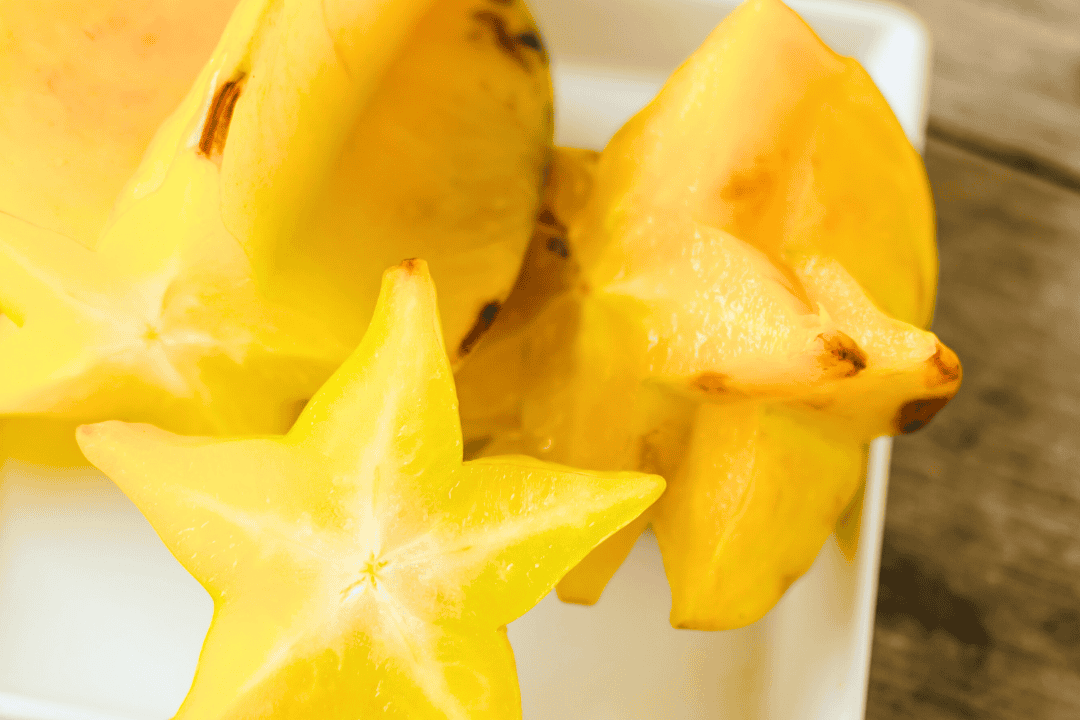
Carambola, commonly known as star fruit, is native to Southeast Asia. The fruit has a distinctive star shape when sliced crosswise and a waxy, yellow-green skin. It has a crisp texture and a flavor that ranges from sweet to tart, depending on ripeness.
13. Custard Apple
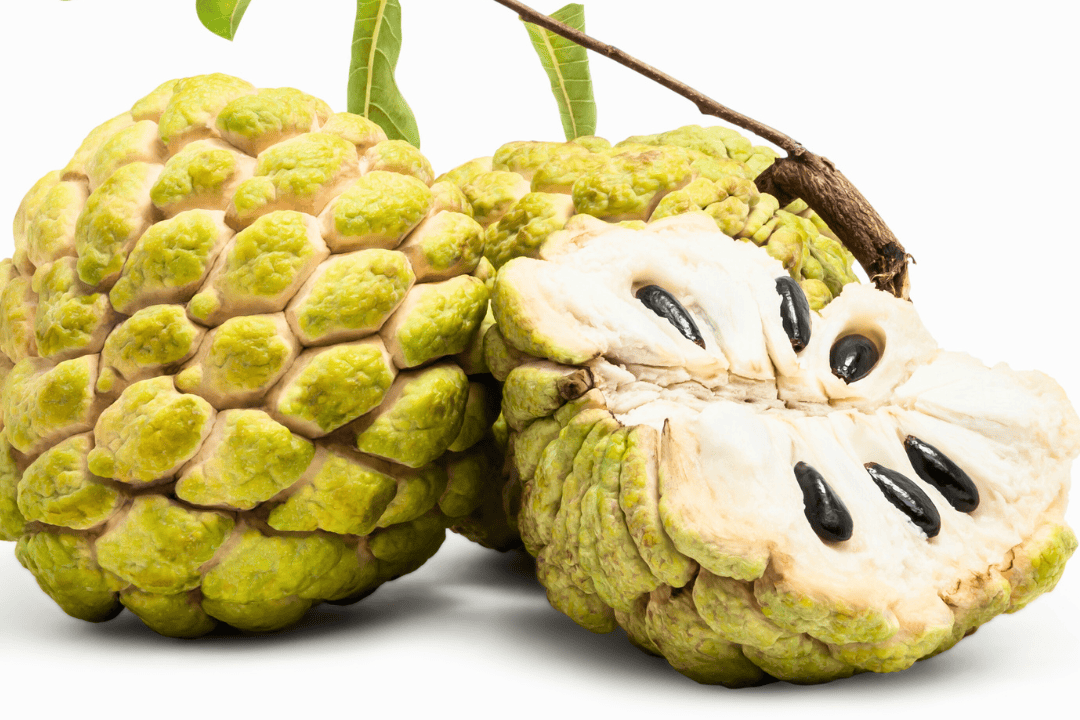
The custard apple (Annona reticulata), also known as sugar apple or bullock's heart, is native to the tropical Americas. It has a heart-shaped, brownish skin with depressions and a soft, creamy, sweet pulp inside. The flavor is reminiscent of custard, hence the name.
14. Cherimoya
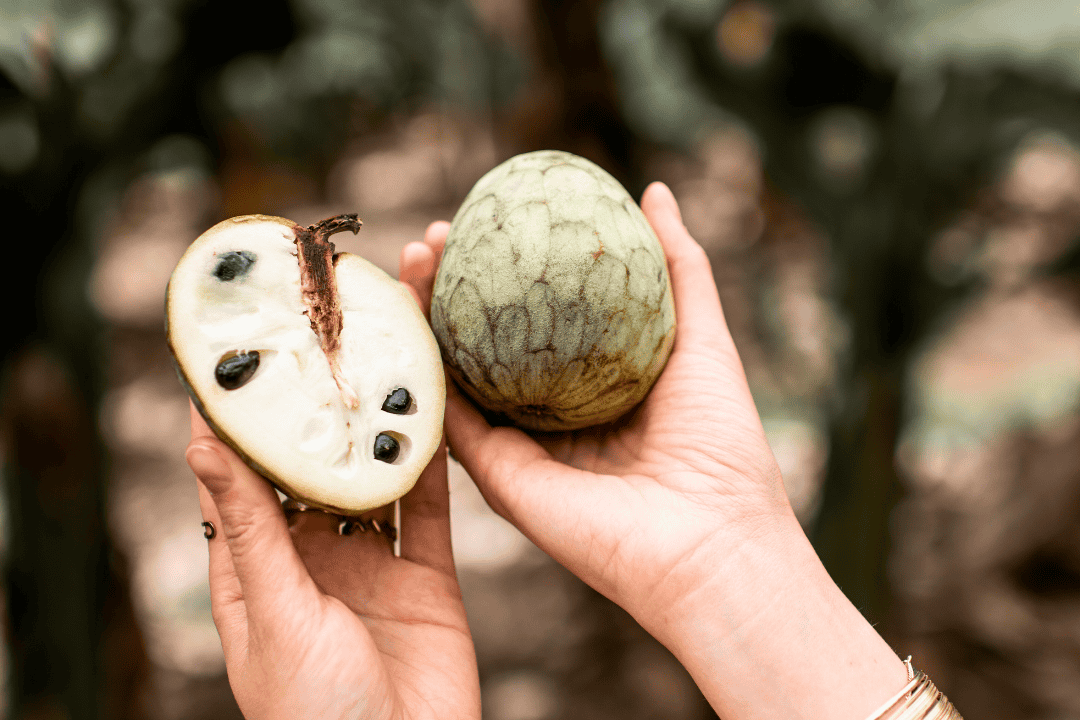
Cherimoya (Annona cherimola) is a fruit native to the Andean valleys of Ecuador and Peru. It has a green, scaly skin and creamy white pillowy flesh with a sweet, tropical flavor often compared to a blend of banana, pineapple, and strawberry.
15. Cashew Apple
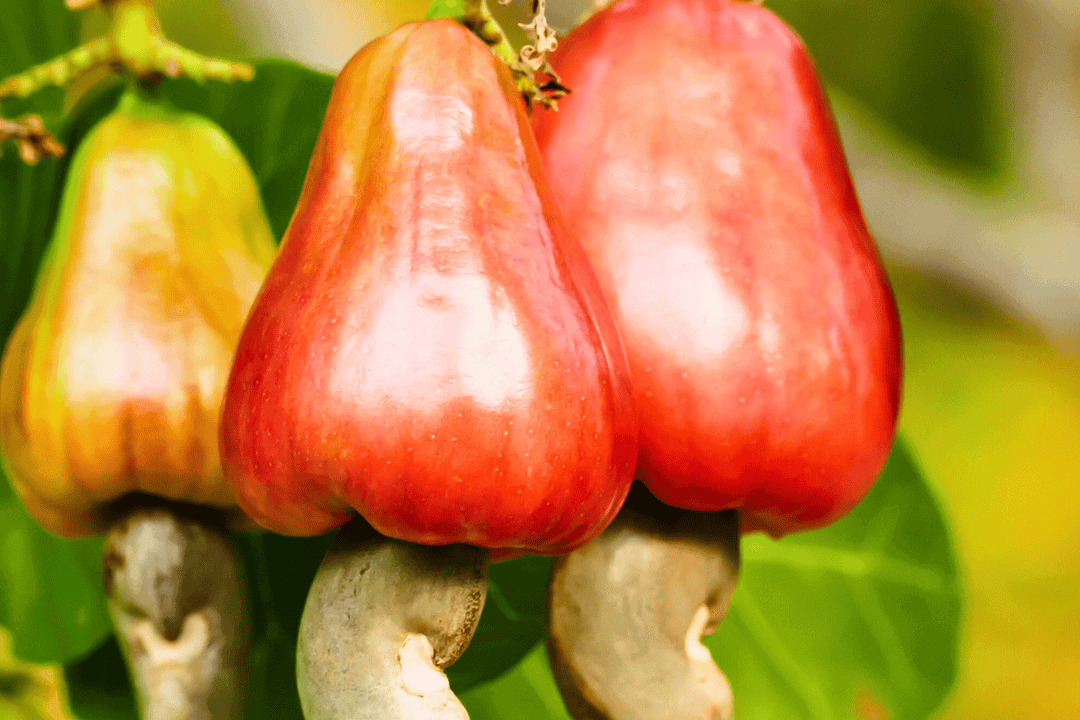
The cashew apple is the swollen stem of the cashew tree (Anacardium occidentale), native to northeastern Brazil. It is a yellow to red, pear-shaped structure with a juicy, sweet, and astringent flavor. The actual cashew nut grows at the end of the cashew apple. In some regions, the cashew apple is used to make juices, jams, and alcoholic beverages like feni in Goa, India.
16. Citron
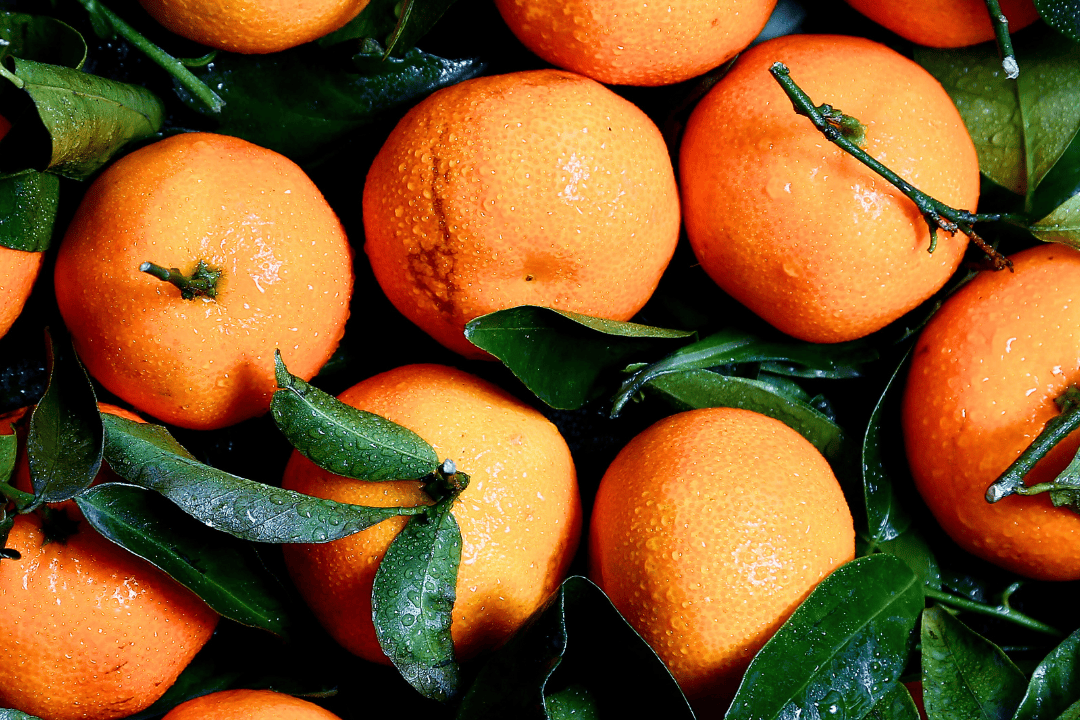
Citron (Citrus medica) is one of the original citrus fruits from which all other citrus types developed. Native to Southeast Asia, it has a thick, fragrant rind and minimal pulp. The fruit is primarily valued for its aromatic peel, which is often candied or used in perfumes. Its taste is intensely sour and slightly bitter.
17. Cloudberry
Cloudberries (Rubus chamaemorus) are native to the Arctic and subarctic regions of the Northern Hemisphere. These amber-colored berries grow on low plants in boggy areas. They have a tart taste with a hint of sweetness and are rich in vitamin C. Cloudberries are often used in jams, desserts, and traditional Scandinavian dishes.
18. Cactus Pear
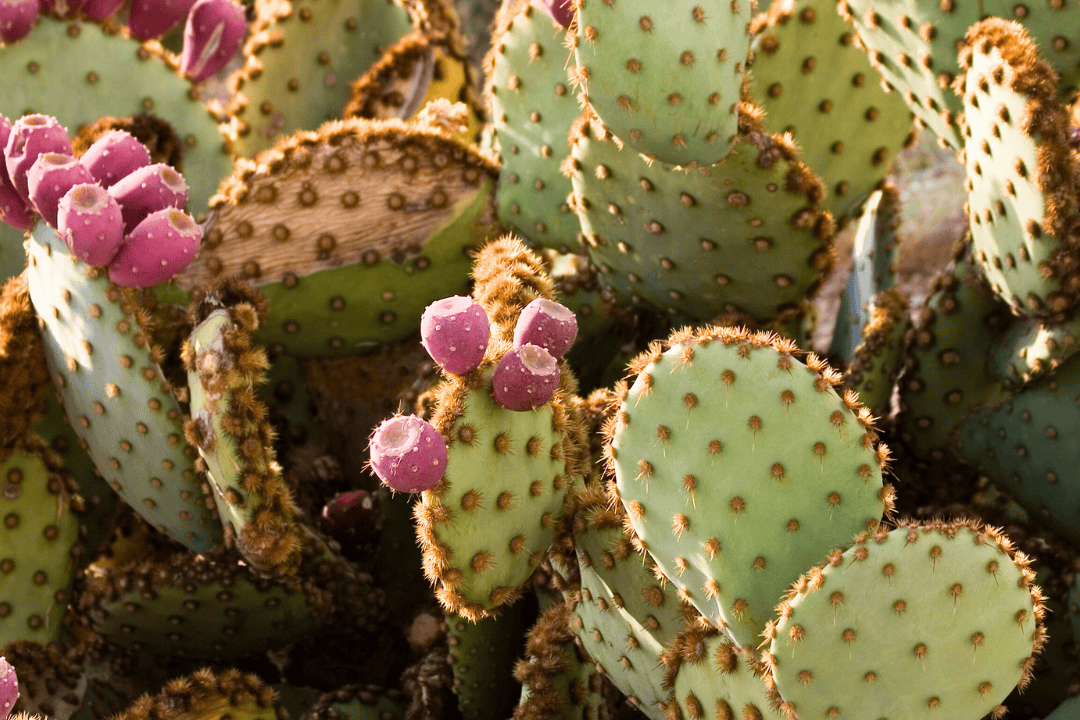
Also known as prickly pear, the cactus pear (Opuntia spp.) is native to the Americas. The fruit grows on the pads of the prickly pear cactus and comes in various colors, including red, yellow, and green. Its flavor is sweet and melon-like, with a texture similar to watermelon but containing hard seeds.
19. Chayote
Chayote (Sechium edule), also known as vegetable pear, is native to Mesoamerica. This green, wrinkled fruit has a mild, crisp texture and is often used as a vegetable in cooking. Its taste is subtle, akin to a blend of cucumber and zucchini.
20. Cupuacu
Cupuacu (Theobroma grandiflorum) is native to the Amazon rainforest and is related to cacao. The fruit has a thick, brown shell and creamy pulp with a unique flavor profile, combining chocolate and tropical fruit notes. It's commonly used in desserts, beverages, and cosmetics.
21. Carob
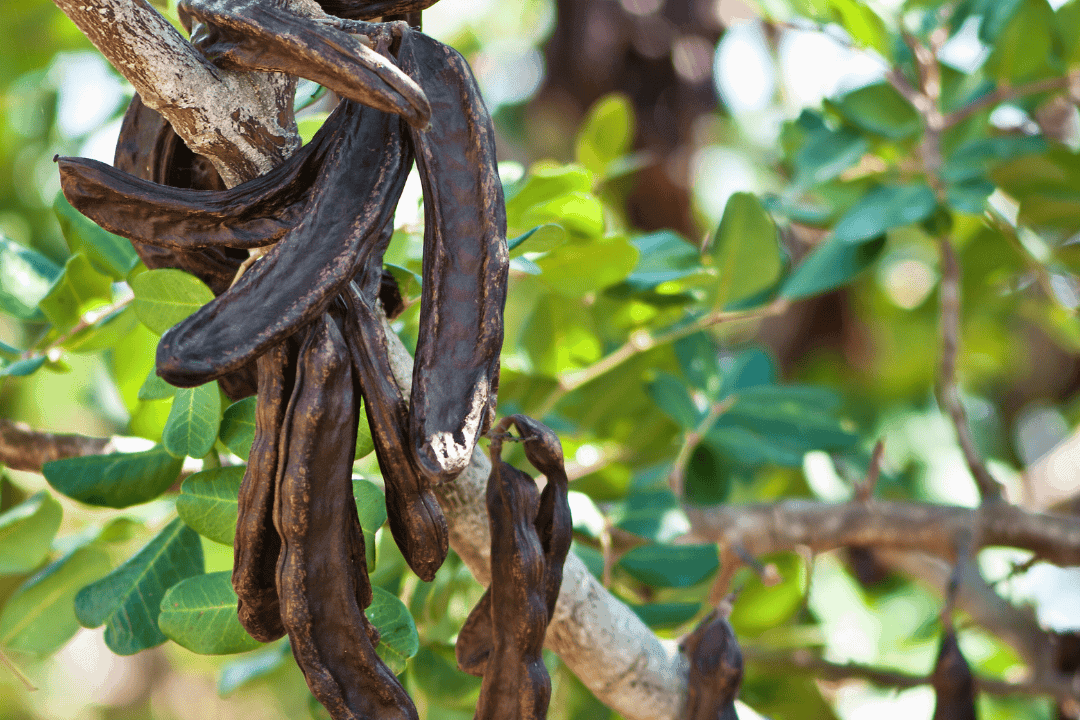
Carob (Ceratonia siliqua) is native to the Mediterranean region. The tree produces long, brown pods filled with sweet, edible pulp. Carob is often used as a chocolate substitute, offering a naturally sweet, earthy flavor.
22. Cherry Plum
Cherry plum (Prunus cerasifera) is native to Southeast Europe and Western Asia. This small tree produces round, red or yellow fruits that are juicy and sweet-tart in flavor. They are often eaten fresh or used in jams and preserves.
23. Ceylon Gooseberry
The Ceylon gooseberry (Dovyalis hebecarpa), also known as ketembilla, is native to Sri Lanka and southern India. The fruit is small, round, and dark purple, with a tart flavor. It's commonly used in jams, jellies, and beverages.
24. Chinese Lantern (Physalis)
Chinese lantern (Physalis alkekengi) is native to Asia and parts of Europe. The plant is known for its bright orange, lantern-like husks that encase a small, edible berry. It has a sweet-tart flavor and is used in desserts and jams.
25. Cape Gooseberry
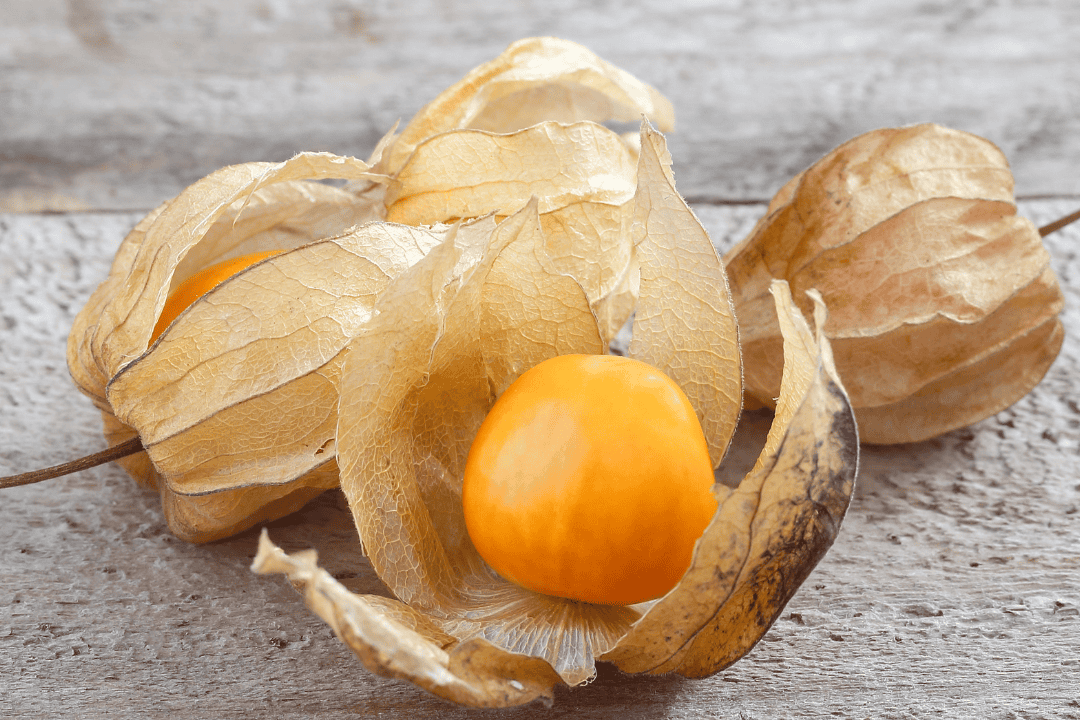
Cape gooseberry (Physalis peruviana), also known as goldenberry, is native to South America. The fruit is encased in a papery husk and has a sweet-tart flavor, reminiscent of pineapple and tomato. It's used in desserts, jams, and salads.
26. Chokeberry
Chokeberries (Aronia spp.) are native to eastern North America. These small, dark berries have a tart, astringent taste and are high in antioxidants. They are often used in juices, jams, and dietary supplements.
27. Capulin Cherry
Capulin cherry (Prunus salicifolia) is native to Mexico and Central America. The fruit is small, dark red, and has a tart flavor, making it suitable for jams, jellies, and traditional beverages.
28. Chico Fruit
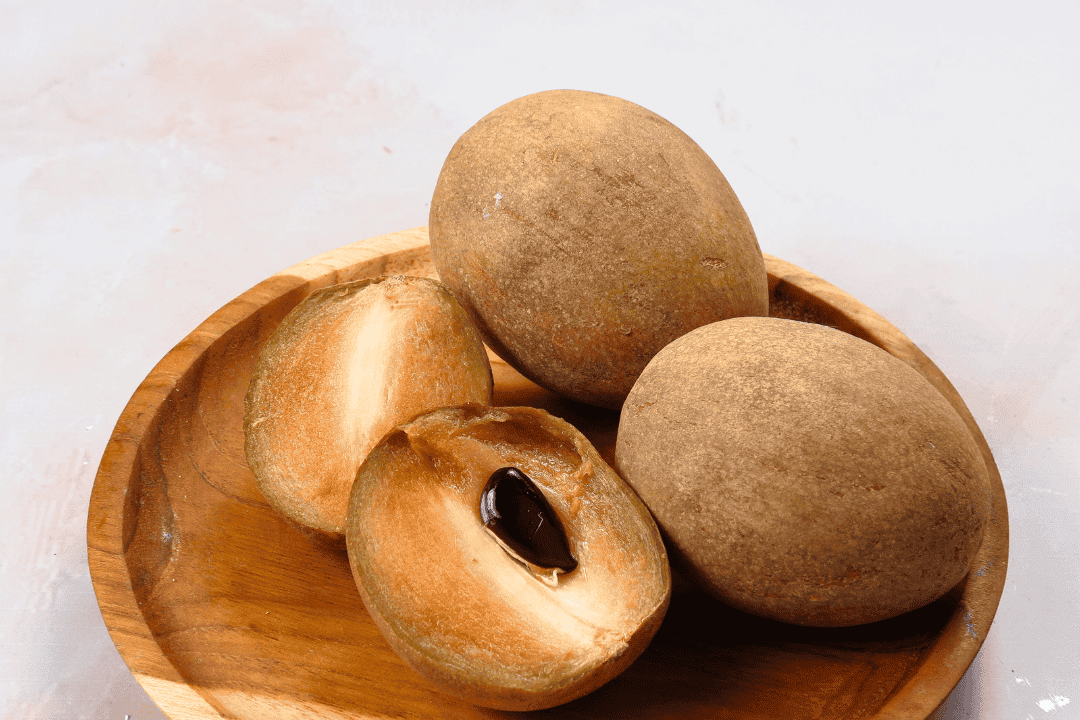
Chico fruit, also known as sapodilla (Manilkara zapota), is native to southern Mexico and Central America. The fruit has a rough, brown skin and sweet, malty flesh with a flavor reminiscent of brown sugar and pear.
29. Chinese Quince
Chinese quince (Pseudocydonia sinensis) is native to China and parts of East Asia. The fruit is hard and astringent when raw but becomes fragrant and sweet when cooked, often used in jams and traditional medicine.
30. Crowberry
Crowberry (Empetrum nigrum) is native to the subarctic and alpine regions of the Northern Hemisphere. The small, black berries have a slightly acidic taste and are consumed fresh or used in jams and traditional dishes.
31. Carissa (Natal Plum)
Carissa, commonly known as Natal plum, is native to tropical and subtropical regions of Africa and Asia. The plant produces oblong berries that, when ripe, are edible with flavors reminiscent of strawberry or apple. However, unripe fruits and other parts of the plant are toxic and should be avoided.
32. Canary Melon
The Canary melon (Cucumis melo) is a bright yellow melon developed in the United States during the late 19th century. It has a thick rind and pale green to white flesh that is sweet with a tangier flavor than honeydew.
33. Cattley Guava (Strawberry Guava)
Cattley guava (Psidium cattleyanum), also known as strawberry guava, is native to Brazil. This small tree produces round, red or yellow fruits with a sweet, aromatic flavor reminiscent of strawberries.
34. Camu Camu
Camu camu (Myrciaria dubia) is a small, sour berry native to the Amazon rainforest. It is renowned for its exceptionally high vitamin C content and is often consumed in powdered form or as a supplement due to its intense tartness.
35. Coco Plum
Coco plum (Chrysobalanus icaco), also known as paradise plum, is native to tropical regions of the Americas and Africa. The fruit is small, round, and varies in color from white to dark purple. It has a mildly sweet flavor and is often used in jams and jellies.
36. Coco de Mer
Coco de mer (Lodoicea maldivica) is a rare palm tree native to the Seychelles, producing the largest seed in the plant kingdom. The fruit is not commonly consumed, and its taste is not well-documented.
37. Chupa Chupa
Chupa chupa (Quararibea cordata) is a tropical fruit native to the Amazon rainforest. The fruit is round to ovoid with a thick, leathery skin that turns from green to brown when ripe.
Its flavor is sweet and tropical, often compared to a blend of mango and papaya.
38. Chinese Date (Jujube)
Jujube (Ziziphus jujuba), also known as Chinese date, is native to South Asia and has been cultivated for over 4,000 years. The fruit is small, round, and red or brown when ripe, with a sweet flavor and chewy texture when dried.
39. Coffee Cherry
The coffee cherry is the fruit of the coffee plant, containing the coffee bean as its seed. The outer fruit is sweet and edible, often used to make cascara tea. The flavor is mildly sweet with notes of hibiscus and red fruit.
40. Canistel (Eggfruit)
Canistel (Pouteria campechiana), also known as eggfruit, is native to southern Mexico and Central America. The fruit has a bright yellow skin and sweet, dense flesh with a texture similar to a hard-boiled egg yolk.
41. Caimito (Star Apple)
Caimito (Chrysophyllum cainito), or star apple, is native to the Caribbean and Central America. The fruit has a smooth, shiny skin that ranges from green to purple and a sweet, milky pulp with a star-shaped pattern when cut crosswise.
42. Cempedak
Cempedak (Artocarpus integer) is a tropical fruit native to Southeast Asia, closely related to jackfruit. It has a spiky exterior and sweet, aromatic flesh that is often eaten fresh or fried.
43. Common Apple Berry
Common apple berry (Billardiera scandens) is a small vine native to Australia. The fruit is small, green to purple, and has a sweet flavor reminiscent of kiwi.
44. Colonnade Maypole Apple
The Colonnade Maypole apple is a columnar apple tree cultivar developed in the United Kingdom. It produces bright red, tart apples suitable for fresh eating and cooking.
43. Cortland Apple
Cortland apples are a cultivar developed in New York in 1898. They are medium to large with a sweet-tart flavor and tender, white flesh that resists browning, making them ideal for salads and baking.
46. Crab Apple
Crab apples are small, tart apples from various species in the Malus genus. They are often used in jellies, sauces, and as ornamental trees due to their attractive blossoms.
47. Cornelian Cherry
Cornelian cherry (Cornus mas) is native to Europe and Western Asia. The fruit is small, red, and tart, commonly used in jams, syrups, and liqueurs.
Conkerberry
Conkerberry (Carissa spinarum) is a shrub native to Africa, Asia, and Australia. The small, dark purple fruits are edible when ripe, with a sweet and tangy flavor.
Cedar Bay Cherry
Cedar Bay cherry (Eugenia reinwardtiana) is native to coastal rainforests of Australia. The bright red fruits are sweet and tangy, often eaten fresh or used in jams.
Ceylon Olive
Ceylon olive (Elaeocarpus serratus) is native to Sri Lanka and southern India. The fruit is oval, green to purple when ripe, with a sour taste, commonly used in pickles and chutneys.
51. Cluster Fig
Cluster fig (Ficus racemosa) is native to Australia and Southeast Asia. The fruit grows in clusters on the trunk and branches, with a sweet taste when ripe, often used in traditional medicine.
52. Cocky Apple
Cocky apple (Planchonia careya) is native to northern Australia. The fruit is green to yellow when ripe, with a tart flavor, traditionally used by Indigenous Australians for food and medicine.
53. Cananga Fruit
Cananga fruit comes from the Cananga odorata tree, native to Southeast Asia. The fruit is small and green, not commonly consumed, but the tree is known for its fragrant flowers used in perfumes.
54. Changunga
Changunga (Byrsonima crassifolia), also known as nance, is native to tropical America. The small, yellow fruits have a strong, distinctive flavor and are used in desserts, beverages, and fermented drinks.
Conclusion
Exploring fruits that start with the letter 'C' reveals a diverse array of flavors, textures, and health benefits. From the tropical sweetness of cherimoya to the tartness of cranberries, these fruits offer culinary delights and nutritional value. Incorporating a variety of these fruits into your diet can enhance your meals and contribute to overall well-being.

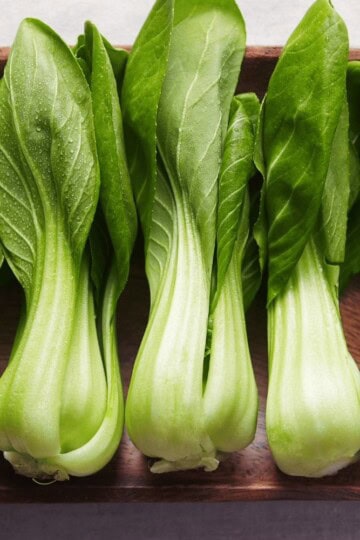
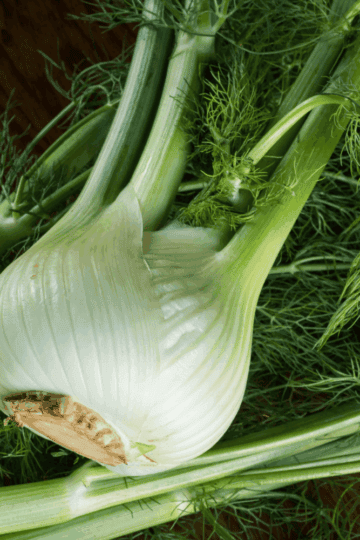
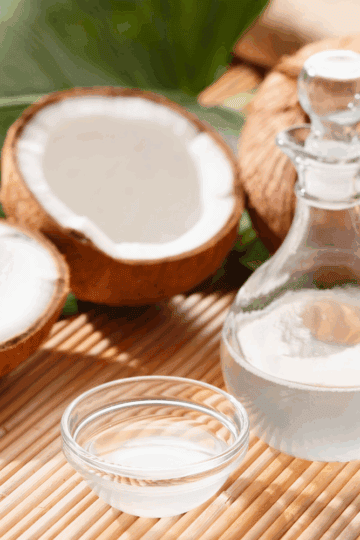
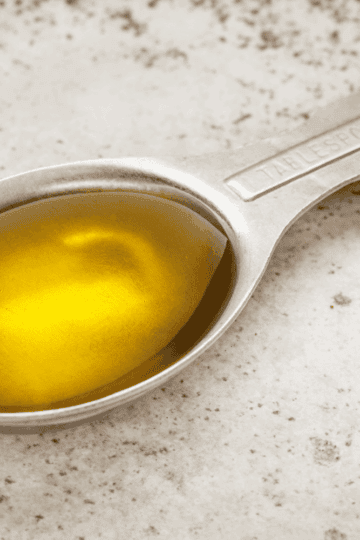
Leave a Reply